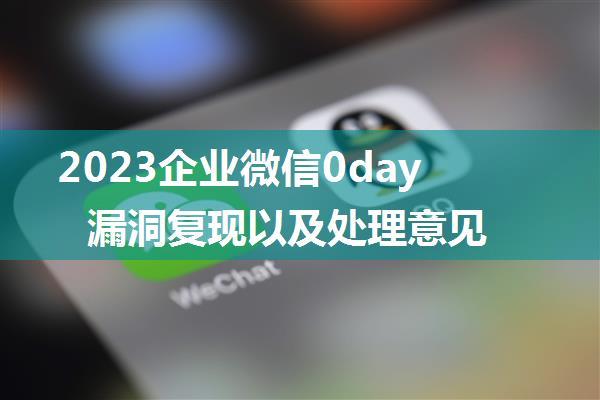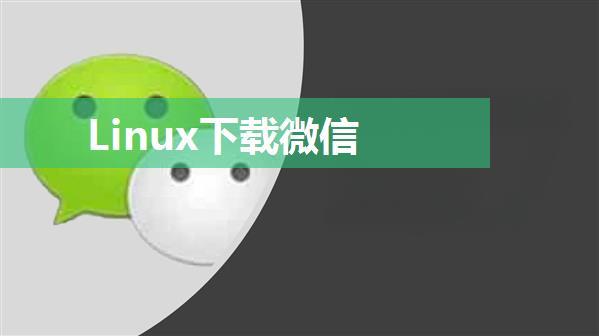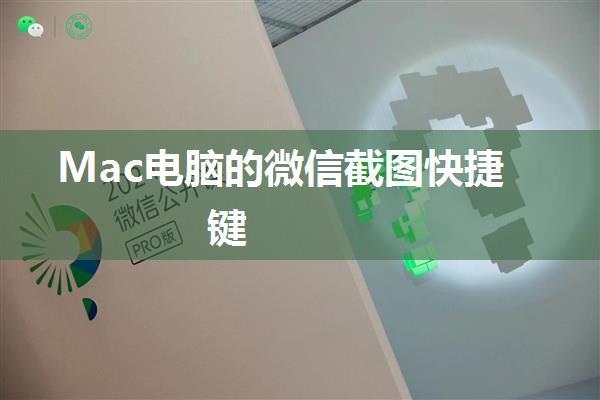初始化微信窗体UI自动化实例
在本文中,我们将详细描述如何使用 C 和 .NET 来实现微信窗体的 UI 自动化。我们将从找到微信窗体并获取其句柄开始,之后再进行具体的操作。
1. 导入必要的 API 函数首先,我们需要导入两个重要的 API 函数:`GetWindowThreadProcessId` 和 `FindWindowEx`。这些函数位于 `User32.dll` 中,可以使用 `[DllImport]` 属性来调用它们。
```csharpusing System.Runtime.InteropServices;
[DllImport("User32.dll", CharSet = CharSet.Auto)]
public static extern int GetWindowThreadProcessId(IntPtr hWnd, out int lpdwProcessId);
[DllImport("User32.dll")]
public static extern IntPtr FindWindowEx(IntPtr hwndParent, IntPtr hwndChildAfter, string lpszClass, string lpszWindow);
```
2. 找到微信窗体并获取其句柄接下来,我们需要找到微信窗体的句柄。我们可以使用 `FindWindow` 函数来查找微信应用程序的主窗口,然后再使用 `GetWindowThreadProcessId` 函数来获取其句柄。
```csharppublic static IntPtr GetWeChatWindowHandle()
{
// 查找微信应用程序的主窗口 IntPtr weChatMainWindow = FindWindow(null, "WeChat");
if (weChatMainWindow != IntPtr.Zero)
{
// 获取微信窗体的句柄 int processId;
GetWindowThreadProcessId(weChatMainWindow, out processId);
return weChatMainWindow;
}
return IntPtr.Zero;
}
```
3. 初始化 UI 自动化实例现在,我们可以使用 `UIAutomationClient` 类来初始化 UI 自动化实例。我们需要传入微信窗体的句柄和应用程序的名称。
```csharppublic static UIAutomationClient InitializeWeChatUIAutomation()
{
// 获取微信窗体的句柄 IntPtr weChatWindowHandle = GetWeChatWindowHandle();
if (weChatWindowHandle != IntPtr.Zero)
{
// 初始化 UI 自动化实例 UIAutomationClient uiAutomationClient = new UIAutomationClient();
uiAutomationClient.Initialize(weChatWindowHandle, "WeChat");
return uiAutomationClient;
}
return null;
}
```
4. 使用 UI 自动化实例进行操作最后,我们可以使用 `UIAutomationClient` 类来进行具体的操作,如点击按钮、填写表单等。
```csharppublic static void ClickWeChatButton(UIAutomationClient uiAutomationClient)
{
// 查找微信应用程序中的"发送消息"按钮 IntPtr sendMessageButton = FindWindowEx(uiAutomationClient.GetRootElement(), IntPtr.Zero, "BUTTON", "发送消息");
if (sendMessageButton != IntPtr.Zero)
{
// 点击"发送消息"按钮 uiAutomationClient.Click(sendMessageButton);
}
}
```
通过以上步骤,我们可以实现微信窗体的 UI 自动化。





